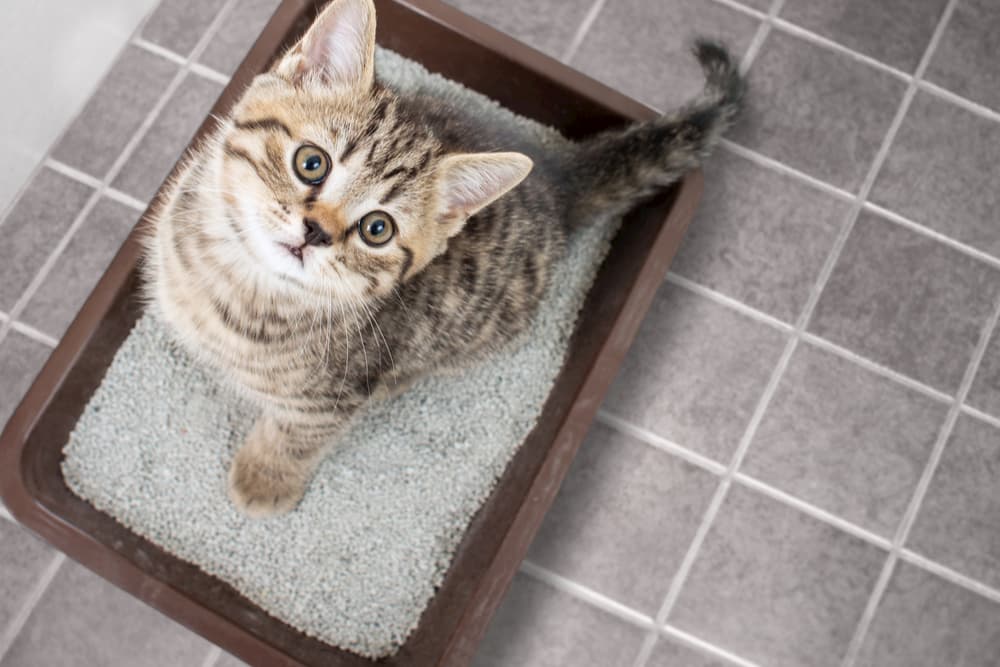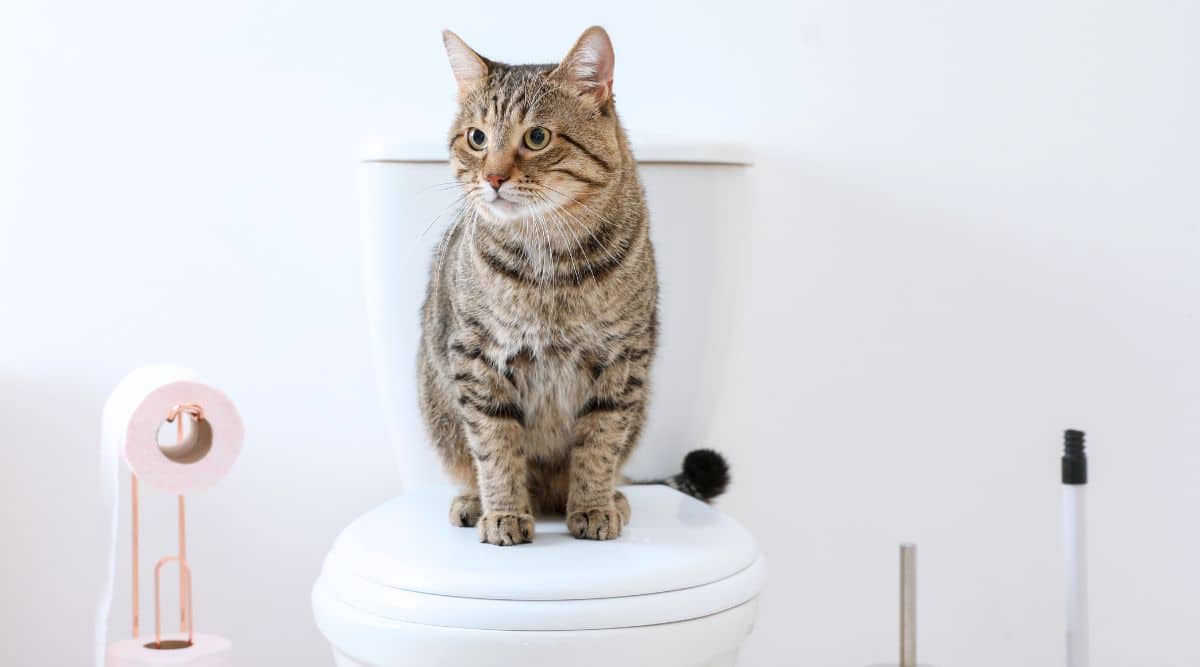Potential Issues of Flushing Cat Poop Down Your Toilet - Safeguard Your Plumbing
Click HereWe've stumbled on this article about How to Dispose of Cat Poop and Litter Without Plastic Bags directly below on the web and figured it made good sense to relate it with you in this article.

Introduction
As cat proprietors, it's necessary to bear in mind exactly how we dispose of our feline good friends' waste. While it might seem hassle-free to flush feline poop down the bathroom, this technique can have destructive repercussions for both the atmosphere and human health.
Alternatives to Flushing
Luckily, there are more secure and extra responsible ways to get rid of feline poop. Consider the following options:
1. Scoop and Dispose in Trash
The most usual approach of dealing with pet cat poop is to scoop it into a naturally degradable bag and throw it in the trash. Make certain to utilize a devoted litter inside story and deal with the waste without delay.
2. Use Biodegradable Litter
Go with biodegradable feline clutter made from materials such as corn or wheat. These trashes are eco-friendly and can be safely thrown away in the garbage.
3. Bury in the Yard
If you have a lawn, think about hiding pet cat waste in a designated area away from vegetable gardens and water sources. Make sure to dig deep sufficient to avoid contamination of groundwater.
4. Set Up a Pet Waste Disposal System
Buy a pet dog garbage disposal system especially made for pet cat waste. These systems make use of enzymes to break down the waste, minimizing odor and environmental impact.
Health Risks
Along with ecological issues, flushing feline waste can also position health dangers to people. Cat feces might include Toxoplasma gondii, a parasite that can create toxoplasmosis-- a possibly severe illness, particularly for pregnant women and individuals with damaged body immune systems.
Ecological Impact
Flushing pet cat poop presents hazardous microorganisms and parasites right into the supply of water, presenting a significant threat to water communities. These contaminants can negatively influence aquatic life and compromise water high quality.
Conclusion
Responsible pet possession expands past supplying food and sanctuary-- it additionally entails proper waste management. By refraining from flushing feline poop down the commode and choosing different disposal approaches, we can decrease our ecological impact and shield human wellness.
Why Can’t I Flush Cat Poop?
It Spreads a Parasite
Cats are frequently infected with a parasite called toxoplasma gondii. The parasite causes an infection called toxoplasmosis. It is usually harmless to cats. The parasite only uses cat poop as a host for its eggs. Otherwise, the cat’s immune system usually keeps the infection at low enough levels to maintain its own health. But it does not stop the develop of eggs. These eggs are tiny and surprisingly tough. They may survive for a year before they begin to grow. But that’s the problem.
Our wastewater system is not designed to deal with toxoplasmosis eggs. Instead, most eggs will flush from your toilet into sewers and wastewater management plants. After the sewage is treated for many other harmful things in it, it is typically released into local rivers, lakes, or oceans. Here, the toxoplasmosis eggs can find new hosts, including starfish, crabs, otters, and many other wildlife. For many, this is a significant risk to their health. Toxoplasmosis can also end up infecting water sources that are important for agriculture, which means our deer, pigs, and sheep can get infected too.
Is There Risk to Humans?
There can be a risk to human life from flushing cat poop down the toilet. If you do so, the parasites from your cat’s poop can end up in shellfish, game animals, or livestock. If this meat is then served raw or undercooked, the people who eat it can get sick.
In fact, according to the CDC, 40 million people in the United States are infected with toxoplasma gondii. They get it from exposure to infected seafood, or from some kind of cat poop contamination, like drinking from a stream that is contaminated or touching anything that has come into contact with cat poop. That includes just cleaning a cat litter box.
Most people who get infected with these parasites will not develop any symptoms. However, for pregnant women or for those with compromised immune systems, the parasite can cause severe health problems.
How to Handle Cat Poop
The best way to handle cat poop is actually to clean the box more often. The eggs that the parasite sheds will not become active until one to five days after the cat poops. That means that if you clean daily, you’re much less likely to come into direct contact with infectious eggs.
That said, always dispose of cat poop in the garbage and not down the toilet. Wash your hands before and after you clean the litter box, and bring the bag of poop right outside to your garbage bins.
https://trenchlesssolutionsusa.com/why-cant-i-flush-cat-poop/

Do you like more info about Can You Flush Cat Poop Down The Toilet?? Put feedback below. We will be pleased to see your views about this content. We are looking forward to see you back again before long. Don't hesitate to set aside a second to distribute this entry if you appreciated it. I take joy in reading our article about Can You Flush Cat Poo or Litter Down the Toilet?.
Book Today